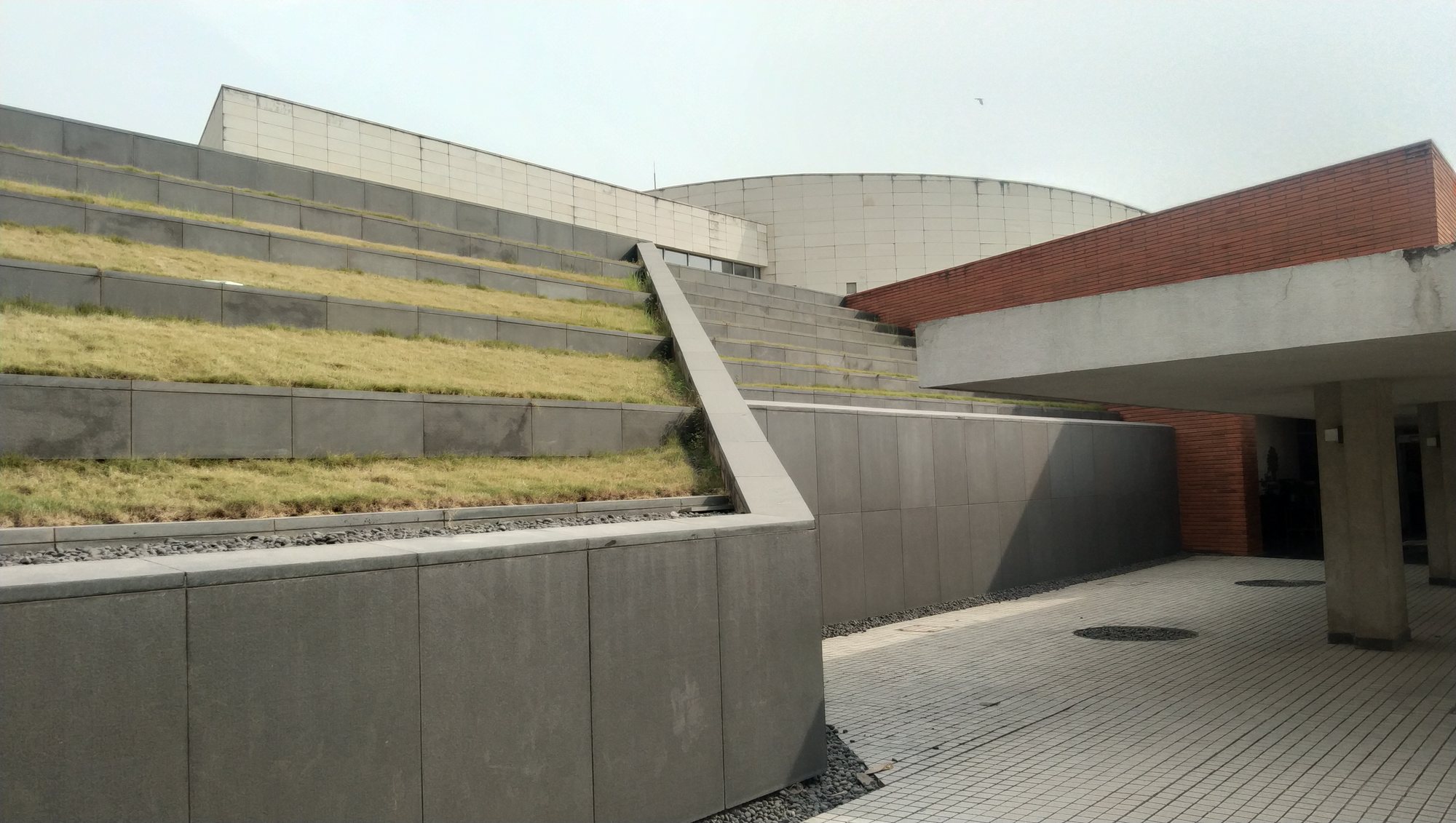‘Bihar Museum’ is a modern state-of the art international stature museum situated in Patna, Bihar designed by Maki and Associates + Opolis.
It is located in Patna, the capital city of the East Indian state of Bihar. Its exact location is on the southern flank of Jawaharlal Nehru Marg, Bailey Road, Patna. It is spread over an area of 13.5 acres. The site of the proposed museum was earlier occupied by seven old bungalows between LN Mishra Institute and Hartali Mor in Bailey Road. Later in March 2013, the building construction department demolished all the bungalows. It aims to celebrate the glorious history of the region.
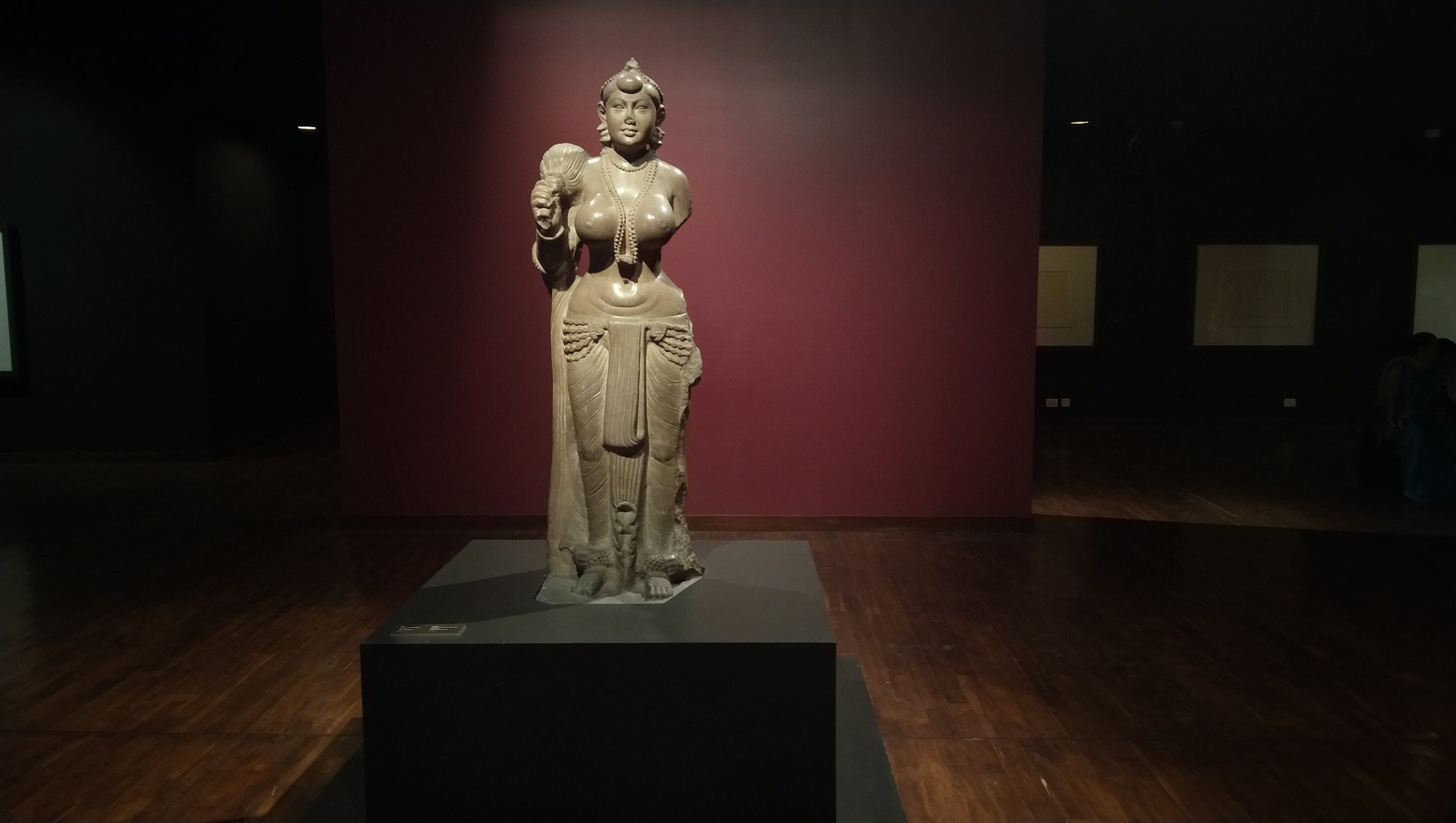
The Museum is organized in five departments:
– Executive – Policy and strategy development and overall oversight
– Administration, Finance and Facility Management Department– Policy and systems advisory, accounting, payroll, human resources/benefits management, staff training, facility management, maintenance and security
– Exhibitions and Collections Department – Exhibition planning and development, utilization of collections
– Education and Public Programs Department -Public and educational programs, including curriculum planning
– Marketing, Revenue Generation and Visitor Services Department – Marketing strategy and packaging opportunities, media purchasing, website management, visitor services.
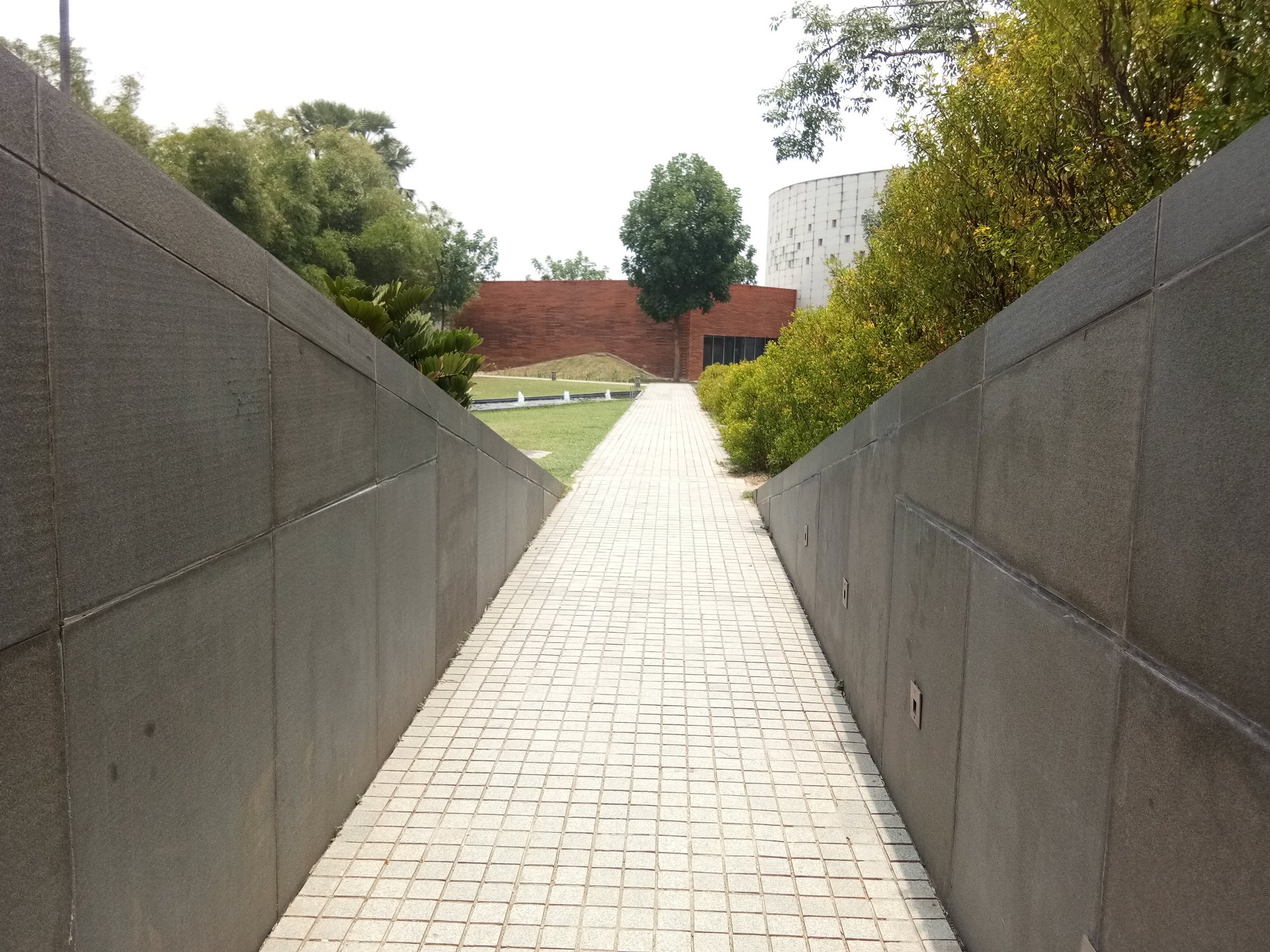
Collections
– The Bihar Museum’s collection comprises of art objects (stone and bronze sculpture, miniature paintings and thangkas), prehistoric objects, anthropological artefacts and social history objects.
– The permanent collection galleries of the Bihar Museum have two basic components – the history galleries and the art gallery. The Museum’s collection of artefacts and artworks on exhibit tell the story of ancient Pataliputra and Bihar from earliest times to the 18th century.
– Cataloguing and digitization is an ongoing activity at the Bihar Museum, which will enable proper utilization, records and conservation of the collections, made accessible to authorized personnel.
– The Bihar Museum is the official repository of pre-1800 archaeological finds within the state and all future notable archaeological finds will be stored here.
– The Museum aims to continue to develop and grow its collection through research-based activities and potential partnerships with local, regional and national museums and repositories.
– The Museum will develop both display collections and study or research collections, but will limit collection growth by being selective about the materials it accessions into the collections.
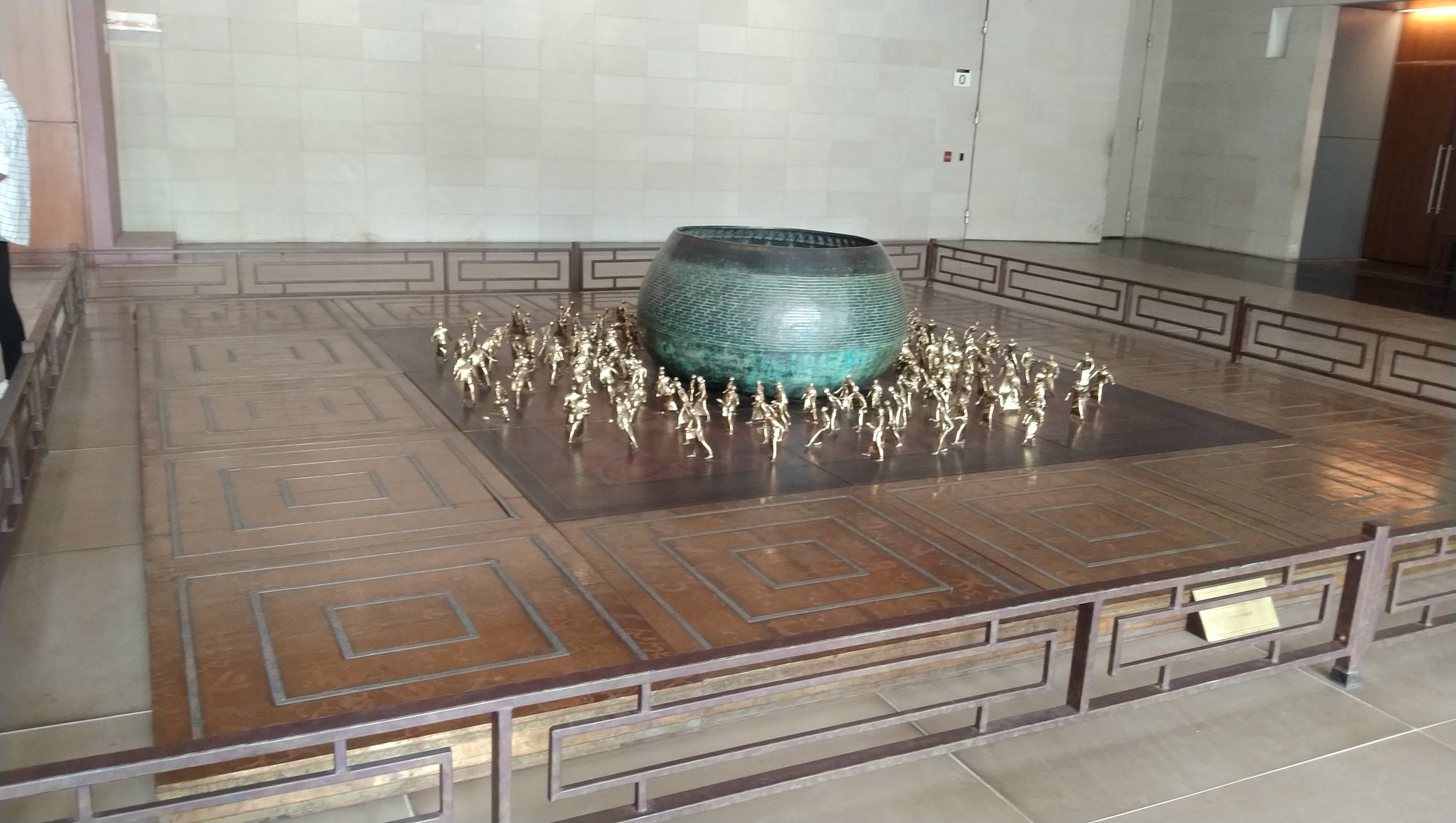
History
Patna is a city with a storied past and this land saw the advent of many glorious civilizations. The history of this city unravels like a ball of thread that surprises you with twists and turns as we travel over two millennia. The Patna Museum established in 1917 will soon turn a century old along with the date of discovery of its most cherished and visited artefact – the world famous Didarganj Yakshi, a statue of monumental Mauryan vision. In the state of Bihar, the need for a new museum was seriously felt, the Patna Museum having limitations, both in physical space as well as in its design and methods of presentation.
Department of Art, Culture and Youth, State of Bihar (DACY) proposed a new Museum on Bailey Road on the site west of the Patna Museum. Commonly known as the Jadu Ghar, literally house of magic, to most residents of Bihar, the Patna Museum has celebrated artefacts and collections. Many of these objects of history and art are relocated to the new Museum with the vision of making it a central focus to celebrate the glorious history of this region, a catalysing force that united ancient India. With this in mind, based on competitive bidding, the world’s largest and leading firm, Lord Cultural Resources were commissioned to do the planning of a world-class Museum in Patna.
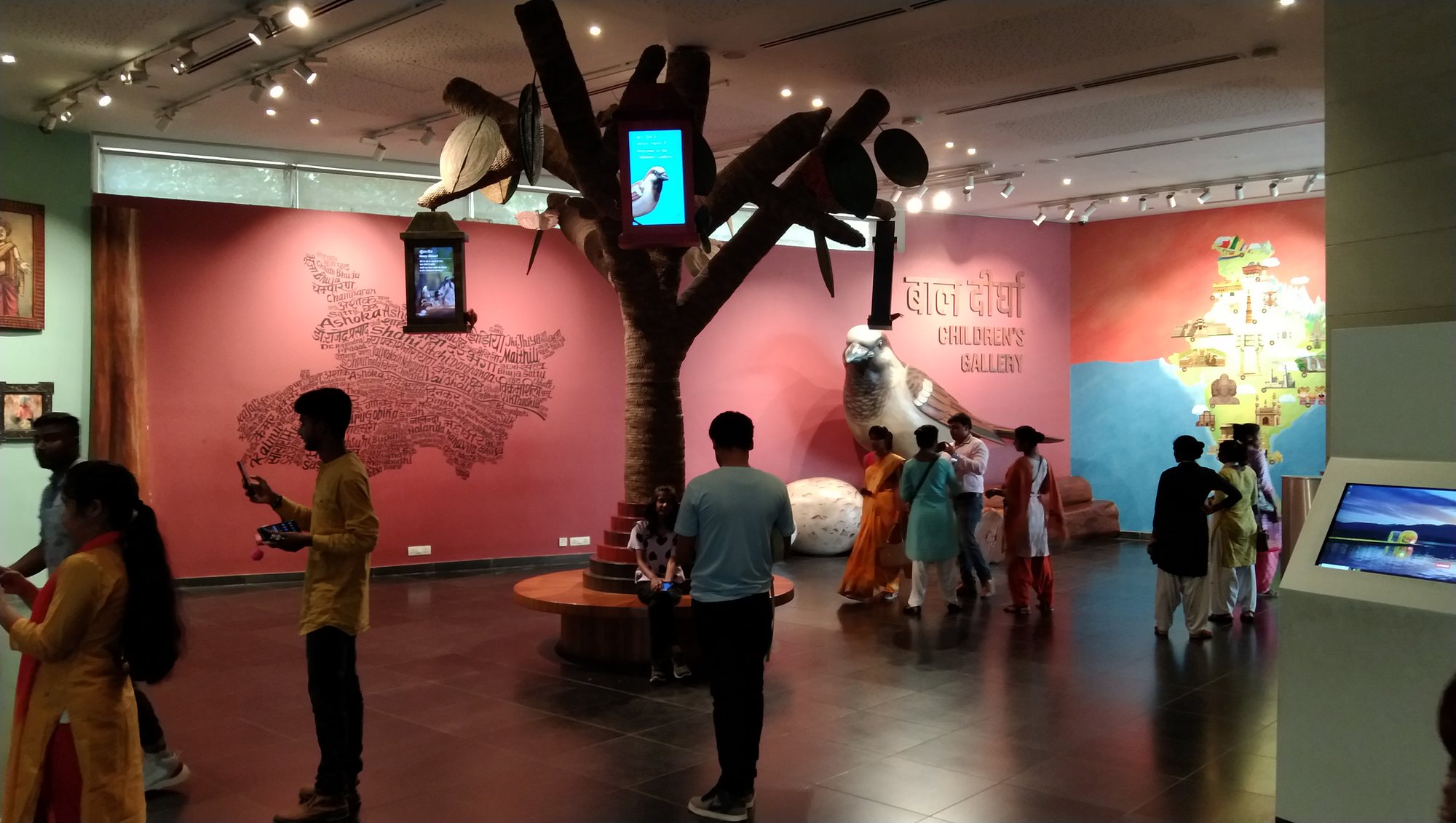
The existing Patna Museum was the starting point for the new Museum and the vast collections from the Patna Museum were carefully researched and analysed. It was decided to keep much of the natural history as part of the interpretation of that existing Museum as the large silicified tree that was cemented into the ground. This also became the signifier of the natural history collection at the present Patna Museum. At Patna Museum, it was proposed new exhibits would be added, exploring the modern history of Bihar from the colonial period forward, with a focus on the heroism of the struggle for independence and the achievements of Bihar and India since Independence.
The direction for the new Bihar Museum was provided by the Chief Minister and senior levels of the Bihar State government. The Bihar Museum will focus on human history. The permanent collection galleries of the Bihar Museum have two basic components – the history galleries and the art gallery. There are also the Orientation Gallery and Special Displays. From the collections culled from the existing Patna Museum, the Bihar Museum represents artistic heritage from ancient times, thematically as works of art. There are dedicated areas on the tribal arts, crafts and performing arts of the various regions of Bihar.
The Museum is visualized especially keeping the needs of Bihari residents in mind, to create a sense of belonging for people of the State and to create an inspiring environment for children and youth to learn and progress. It attracts a crowd from world over and is an exciting tourist destination and cultural hub. The exhibits and displays are tailored to create interactive spaces and people are encouraged to make repeat visits.
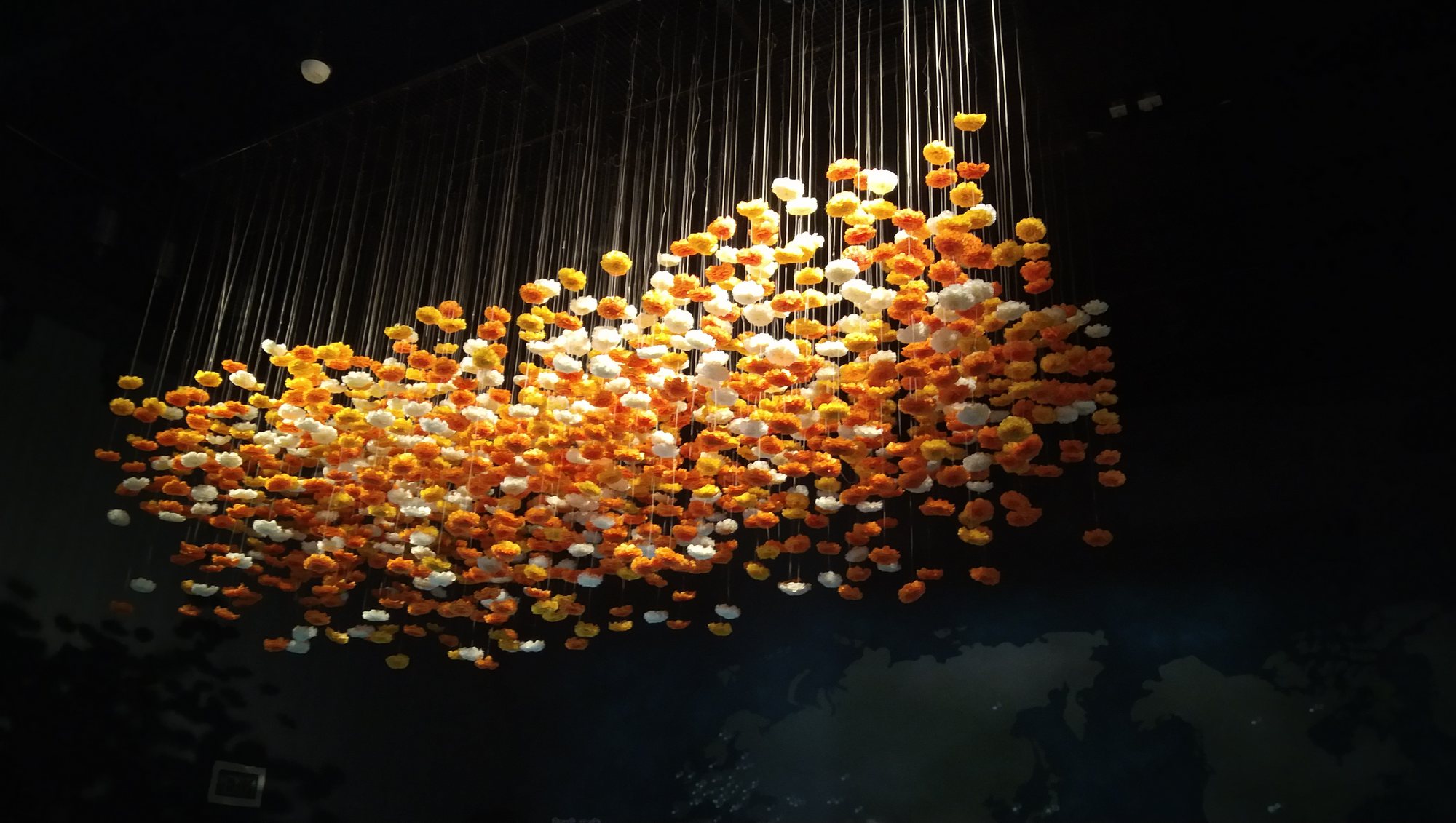
Architecture of Bihar Museum
For the design of the Museum building, world renowned architectural firms were invited to submit their proposals and selection was on a competitive basis. Japanese firm, Maki and Associates submitted the winning concept, which they proposed to execute with OPOLIS Architects, based in Mumbai. Maki and Associates was established in 1965 by Fumihiko Maki in Tokyo after his 10-year stint in the USA. They are the recipients of many prestigious national and international awards. For the Bihar Museum, Maki outlined a concept that was appealing to the sensory experience, fitting with practical considerations and making provisions for the future growth of the establishment. The architects visualized the Museum as if viewing it through different lenses to expand on four different facets.
The design aimed to create:
The Museum as Expanse – a museum that reflects the many layers of Bihar’s history.
The Museum as journey – a museum that reflects the memories and epic scope of the Bihar region.
Museum as Learning Landscape – a museum that reflects Bihar’s educational needs and 4) Museum as Symbol – a museum that reflects both India’s past and future.
Instead of a building that was compressed in floor area, Maki and Associates elaborated on the advantages of a dispersed scheme whereby the building was spread out and the surrounding landscape integrated harmoniously. This also allowed for the play of courtyards and terraces in the design, seamlessly alternating indoor spaces with outdoor. Wishing for the visitor to discover history by journeying through built spaces, the architects brought the Japanese concept of Oku to engage with the multiple layers of space. Oku creates a sense of anticipation and contemplation as visitors proceed from once space to the next. Maki and Associates have thus created a pleasurable and inviting experience, where stories of the past are enhanced by their adept and sensitive architectural philosophy. Every time you visit the Museum, it will be a renewed experience. From the rush of the world outside, time slows down within the spaces, allowing you to delve deeply into the well of the past.
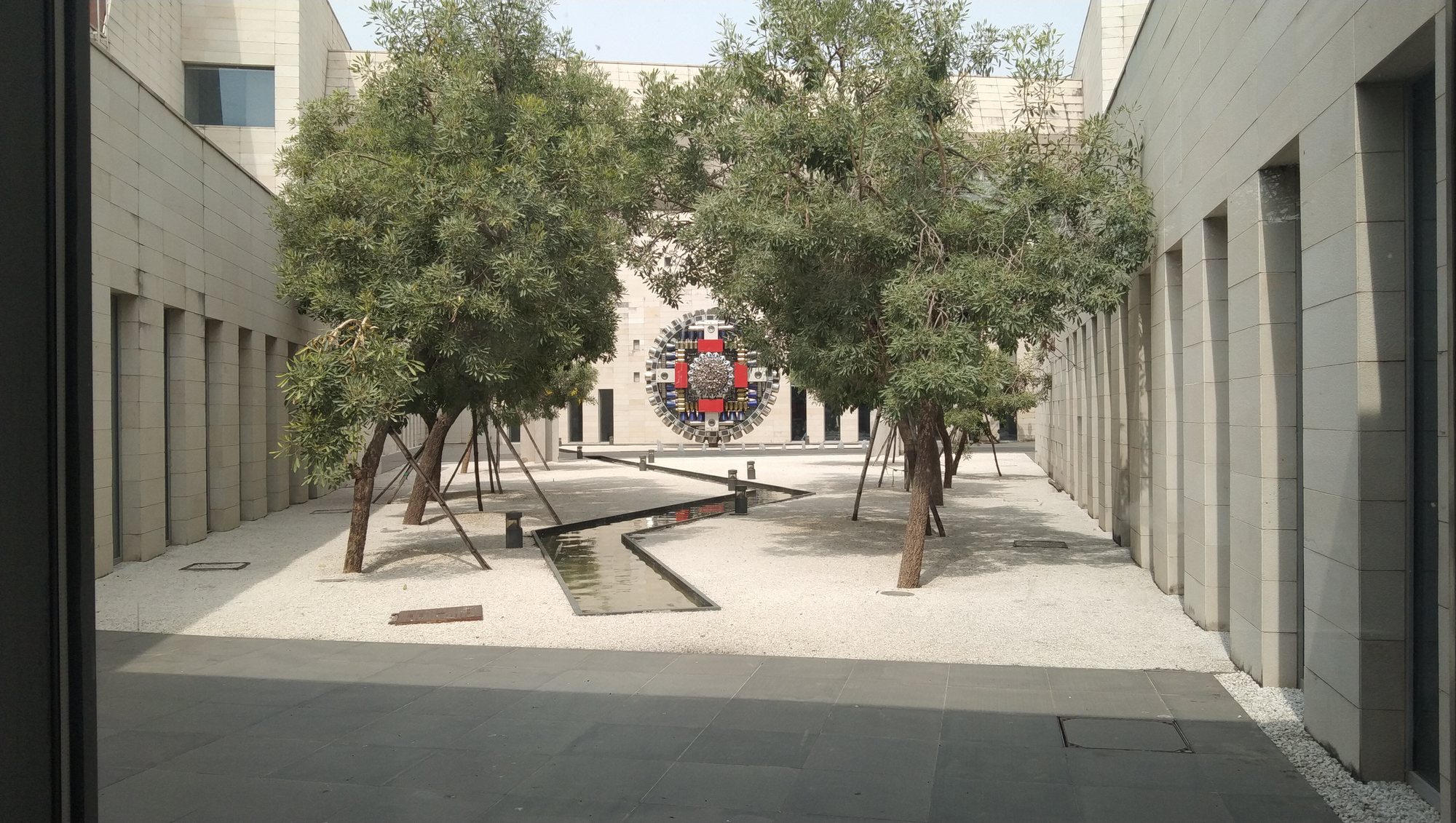
Building on the idea of a journey through the “cloisters” of Bihar’s memories, a variety of spaces open up to you: large and intimate, open and sheltered, indoor and outdoor. From this “macro-experience” the architecture allows you to get into the “micro-level” which allows a concentration into the exhibits. By creating contrasts in the exhibition spaces, the architecture breaks the monotony of the viewing experience. In-between, invigorating outdoor spaces like the Peepal Court, which is a triangular terrace and the Niranjana Aangan, which is a Buddha sculpture courtyard, bring natural elements to be integrated with architecture.
The spaces divide galleries into different specializations, also distinguishing the children’s gallery with its own orientation section. The architecture constantly works to enhance the feeling of wonder and belonging to allow the visitor to explore and discover. The environment is thus envisioned as a learning landscape, a place that creates a sense of calm that is conducive to education.
The Museum as a symbol of Bihar penetrates the visitor’s consciousness by its uniquely juxtaposed forms and building materials. Iron has links to India’s ancient civilizations that thrived in this land and Maki has used weathering steel, also known as Cor-ten Steel, to enhance this symbolic connect with iron, industry and progress.
The architecture of the Museum thus works as a constructive shell for ordering the exhibits and to guide the visitor through a holistic process of learning and journeying through an expansive ground to discover the history of India and for each individual to connect with the greater symbolism.
Vision and Mission of Bihar Museum
The vision for the new Museum is to be a world-class showcase for the ancient history and heritage of the lands now known as Bihar. It will be a destination for resident Biharis and also for domestic and international tourists alike.
The mission of the new Museum is to celebrate this ancient past and to inculcate a sense of pride in modern-day Biharis.

